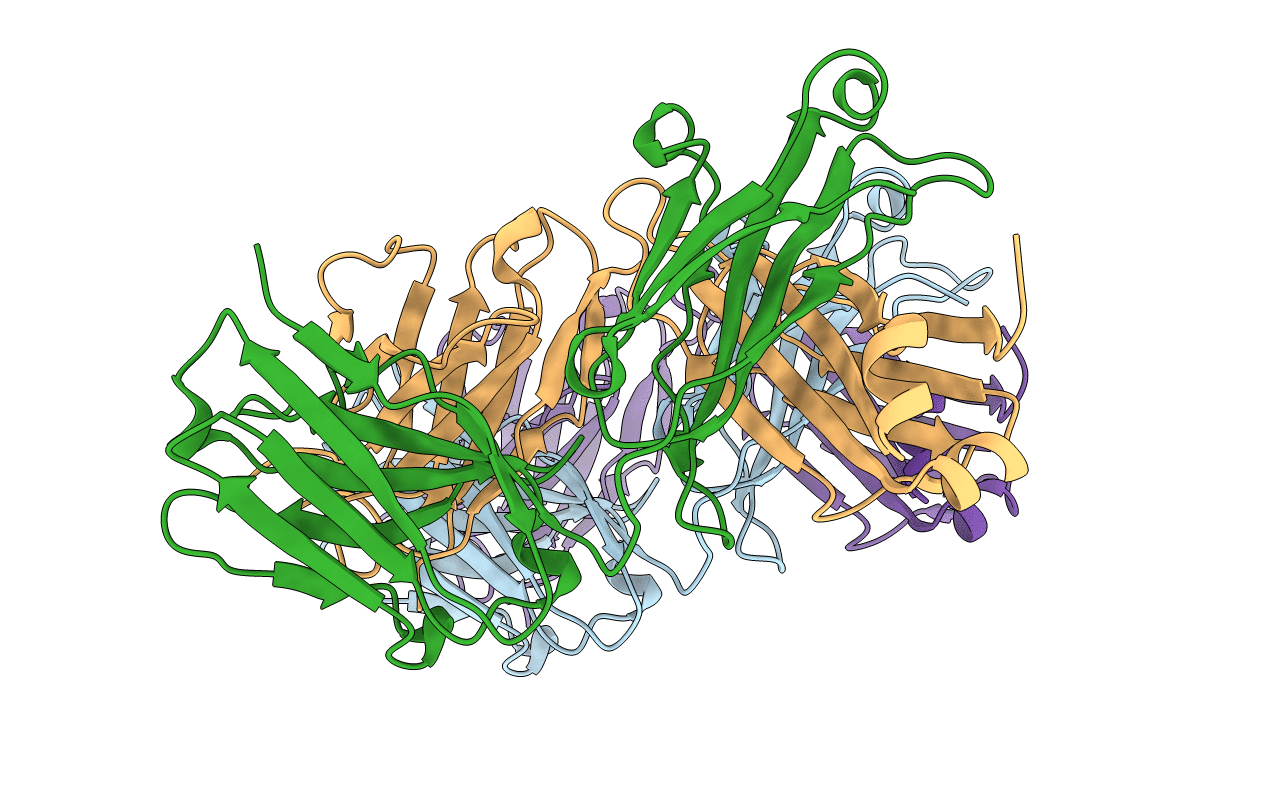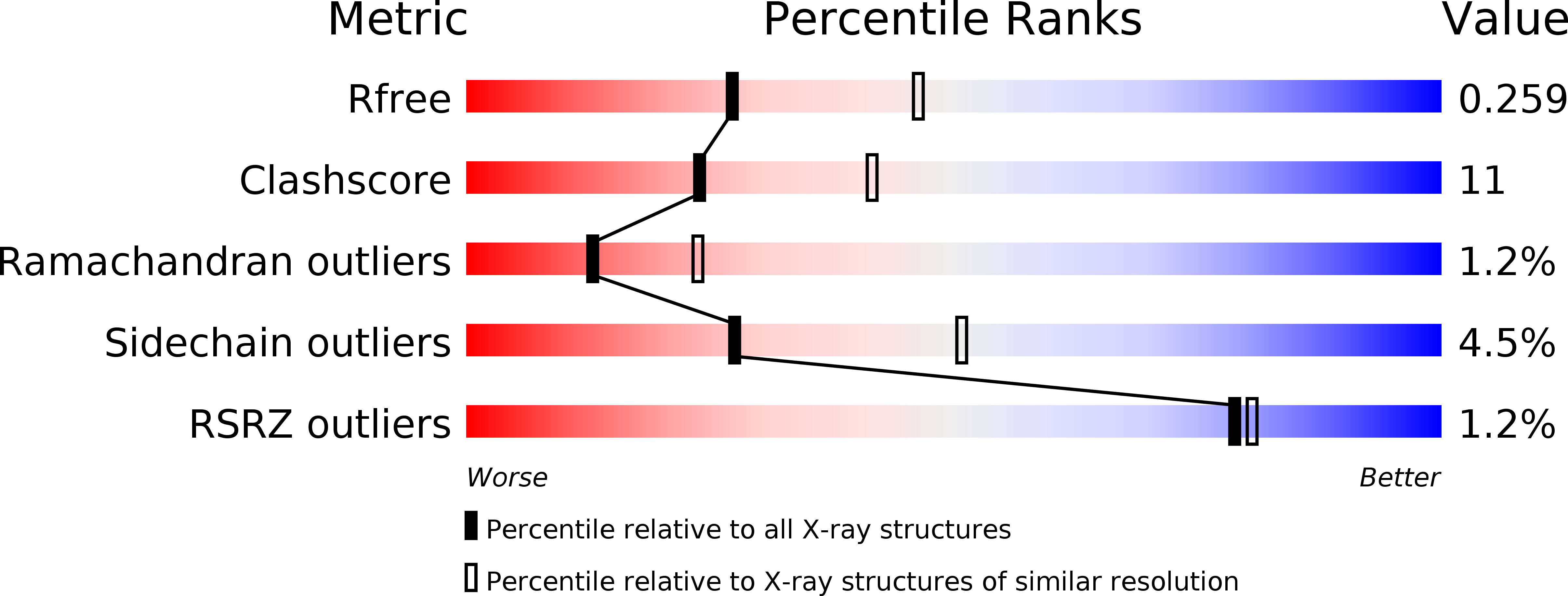
Deposition Date
2010-11-24
Release Date
2011-04-13
Last Version Date
2024-11-06
Entry Detail
PDB ID:
3PP3
Keywords:
Title:
Epitope characterization and crystal structure of GA101 provide insights into the molecular basis for the type I / type II distinction of anti- CD20 antibodies
Biological Source:
Source Organism:
Mus musculus (Taxon ID: 10090)
Host Organism:
Method Details:
Experimental Method:
Resolution:
2.51 Å
R-Value Free:
0.26
R-Value Work:
0.20
R-Value Observed:
0.21
Space Group:
C 1 2 1


